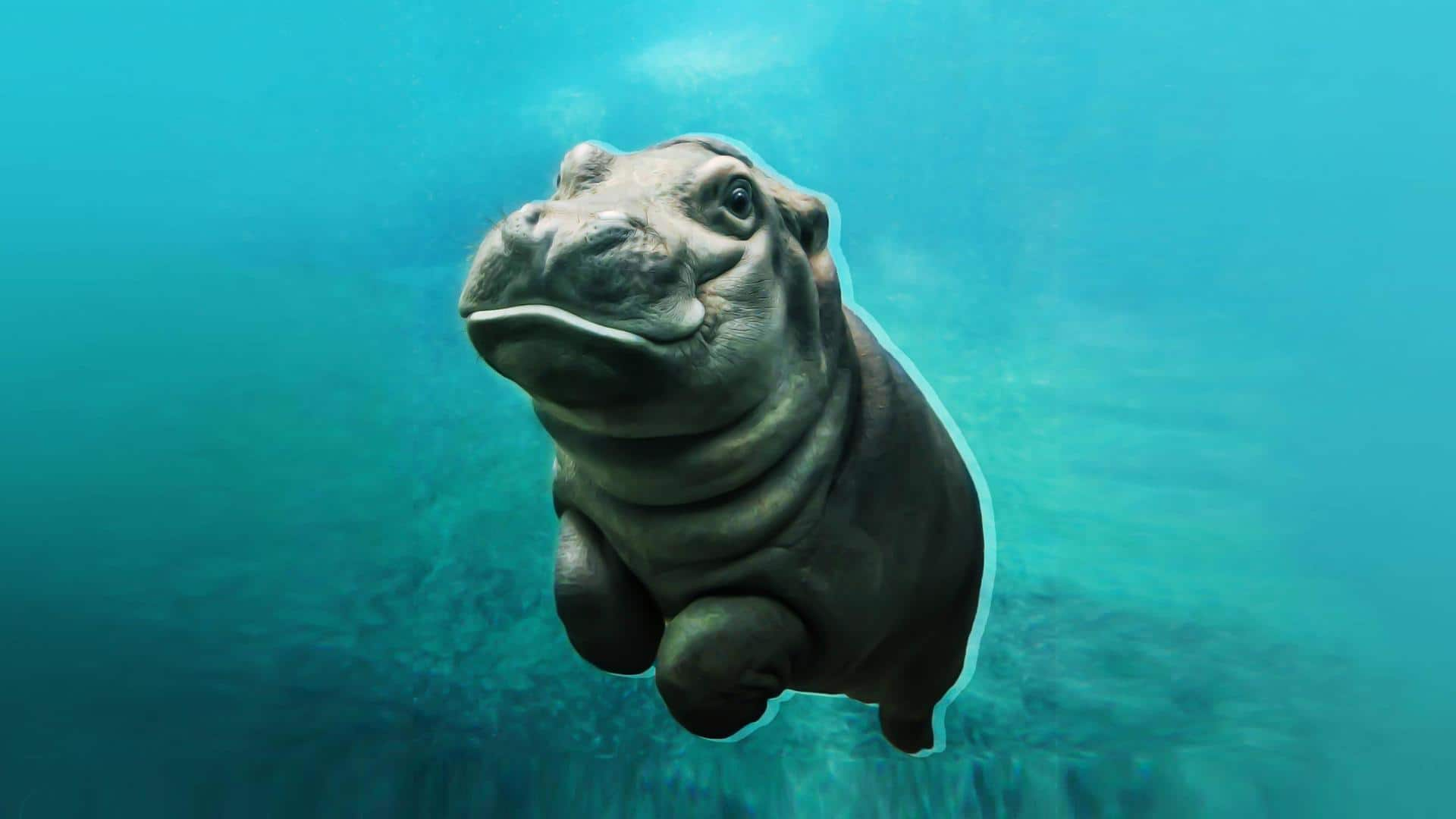
World Hippo Day: 5 interesting facts about these fascinating creatures
What's the story
Hippopotamus, or hippos, are fascinating animals; however, they are also under threat from human activities and climate change. This is why we have a separate day, February 15, assigned to celebrate their existence and encourage people to take action to prevent their extinction. Hippos have unique and quirky traits that make them both interesting and entertaining to learn about. Here are some interesting facts.
Third largest
They are the third largest mammals on Earth
Native to Africa, Hippos are the third biggest terrestrial animals. The first two biggest terrestrial animals are elephants and white rhinos, respectively. They may weigh up to 3,500 kg and have a length of up to five meters. Despite their size, they are exceptional runners, capable of running at speeds of up to 30 km/h on land. This quality makes them remarkably agile.
Territorial
They are highly social but can be very territorial
Hippos are highly social creatures and can be seen in groups of up to 30 individuals. They communicate with each other through grunts, snorts, and wheezes. Although hippos are gregarious, they are also territorial and fiercely protective of their area. These creatures mark their territory by defecating and spraying their urine, which colors the water around them crimson red.
Red sweat
They have a red and sticky sweat
Hippos do not sweat, but they do secrete a red, oily material from their skin that protects them from the sun and keeps their skin moist. The red hue is caused by the high quantities of pigments called hipposudoric and norhipposudoric acids in the secretion. This is a transparent liquid that oozes out from their pores and protects them from damaging UV rays.
Life in water
They are excellent swimmers, but can't float
Hippos can hold their breath for up to five minutes and are incredibly potent swimmers. They also travel through water using their webbed feet. However, although excellent swimmers, they cannot float. Because they are excessively dense, they sink to the bottom of the water body. To keep afloat, they must push off the bottom of the river or lake and swim using their legs.
Symbiotic relationship
They have a symbiotic relationship with birds and fish
Hippos have several little birds dwelling on their backs that feed on insects and parasites on their skin. The birds gain from the food supply, while the hippos benefit from the pests being eliminated. Hippos and carp fish too, have a symbiotic connection. The carp consume the algae living in the hippo's mouth - thus the carp get fed and the hippos get cleaned.